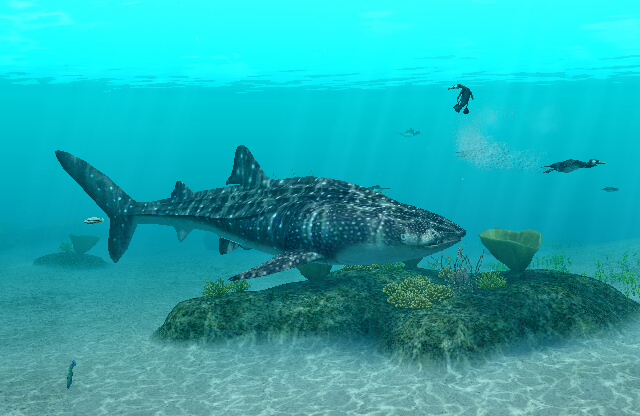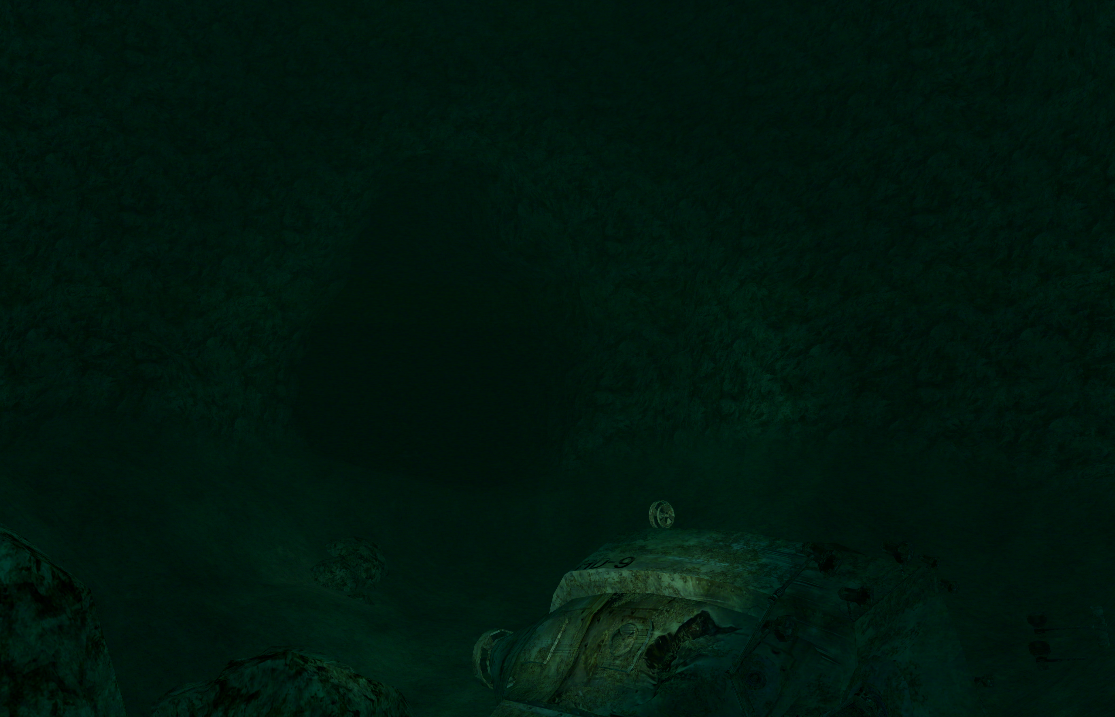

Likewise, the identity of numerous large, dark shearwaters observed in October 2004 off Kwajalein in the Marshall Islands remain enigmatic they might have been either sooty or short-tailed shearwaters, but neither species is generally held to pass through this region at that time. They do not migrate as a flock, but rather as individuals, associating only opportunistically in June 1906, for example, two were shot near Guadalupe Island off Baja California, Mexico, several weeks before the bulk of the population would pass by. They are spectacular long-distance migrants, following a circular route, traveling north up the western side of the Pacific and Atlantic Oceans at the end of the nesting season in March–May, reaching subarctic waters in June–July, where they cross from west to east, then return south down the eastern side of the oceans in September–October, reaching to the breeding colonies in November. Once the chick hatches, the parents raise their chick for 86 to 109 days. They start breeding in October, and incubate their young for about 54 days. Sooty shearwaters breed on small islands in the south Pacific and south Atlantic Oceans, mainly around New Zealand, the Falkland Islands, Tierra del Fuego, and in the Auckland Islands and Phillip Island off Norfolk Island. Upper body of a bird swimming off the shore of California The short-tailed shearwater in particular is almost impossible to tell apart from the present species at a distance. In the Atlantic, it is the only such bird, whereas in the Pacific part of its range, other all-dark large shearwaters are found. Usually loud, sooty shearwaters coo and croak while on the breeding grounds. In poor viewing conditions, it looks all black, but in good light, it shows as dark chocolate-brown with a silvery strip along the center of the underwing. This shearwater is identifiable by its dark plumage, which is responsible for its name. Its flight is powerful and direct, with wings held stiff and straight, giving the impression of a very small albatross.

It has the typical "shearing" flight of the genus, dipping from side to side on stiff wings with few wing beats, the wingtips almost touching the water.


 0 kommentar(er)
0 kommentar(er)
